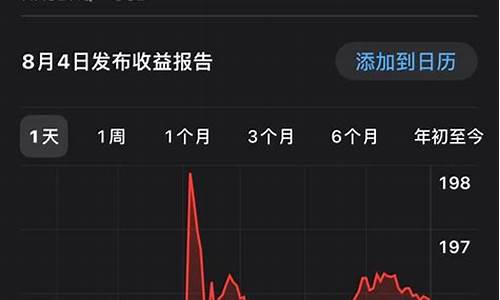
What is a digital currency stop-profit protection mechanism?
In the world of digital currencies, stop-profit
protection mechanisms are used to limit potential losses for
traders. This type of protection ensures that traders do not lose more
than a predetermined amount of money on a single trade.
There are several different types of stop-profit
protection mechanisms, but they all work in essentially the same
way. When a trader initiates a trade, they set a maximum loss
limit. If the value of their investment falls below this limit, the
trade is automatically closed, preventing further losses.
One common type of stop-profit protection mechanism is the
trailing stop. With a trailing stop, the trader sets a maximum
loss limit and then adds a certain percentage of that limit to
the current market price. For example, if a trader sets a maximum
loss limit of $100 and the current market price is $90, they would
set their trailing stop at $85 (100% - 10%). If the market price drops
below $85, the trade is automatically closed, preventing further
losses.
Another type of stop-profit protection mechanism is the fixed
stop. With a fixed stop, the trader sets a maximum loss limit and then
places a sell order at that limit. If the market price drops below
that limit, the sell order becomes active and the trade is closed.
This type of protection can be useful for traders who want to lock in
their profits as soon as possible or who want to minimize their exposure
to market fluctuations.
Stop-profit protection mechanisms can be an effective way for
traders to manage their risk and protect their investments. However, it's
important to note that these mechanisms are not foolproof and there is
always a risk of losing more than the predetermined limit. It's also
important to use stop-profit protection mechanisms in conjunction with
other risk management strategies, such as diversification and hedging.








